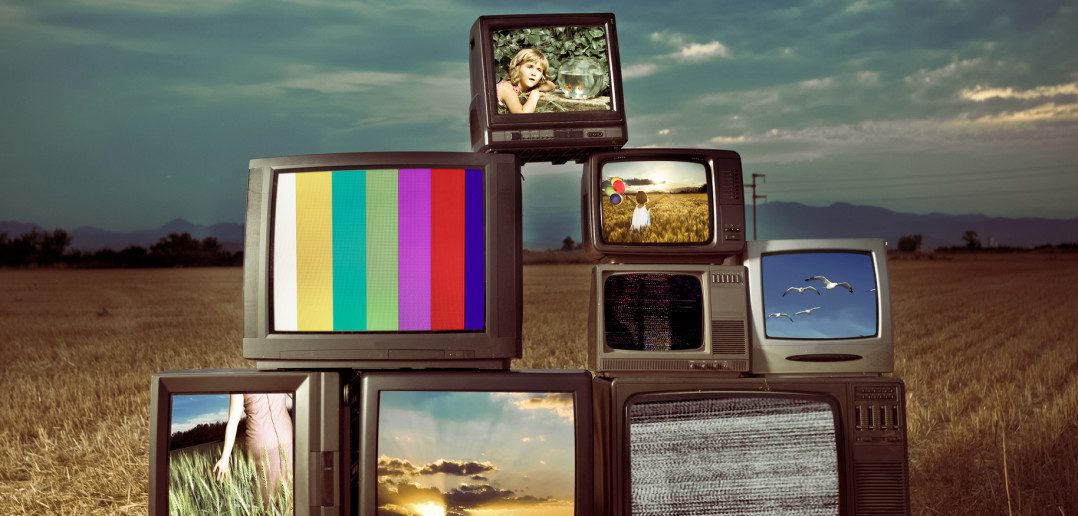As I write this blog, it’s a typical Sunday afternoon on a full cross-country train, the sort of journey I’ve done for years. But what has changed is what people are doing on that train. Newspapers and books are still in evidence. But over half the passengers on this train are watching a screen. And the younger they are, the more likely they are to be watching or playing on a handheld device.
There are kids playing games or engrossed in movies, people catching up on the latest episode of a favourite show they’ve downloaded onto a tablet, or keeping up with the sport or news on their mobile. My daughter has taken various pictures of me as a deer, on Snapchat, that she’s more than likely to be editing before posting on Instagram – a young producer of her own entertainment.
This train is a fantastic example of audiences watching what they want, where they want, when they want. Consumers have never been better connected, nor had such an abundance of choice.
At Sky, we are aware that our customers want choice. It’s why we strive to offer the very best products, technically, so that the experience is seamless and enjoyable and plays to the strengths of all this new technology. And its why, increasingly, we’re looking to blur the lines between traditional linear and digital non-linear television to meet the needs of all of our customers. Now, when we look at shows we are thinking about how they can work across all platforms. Not just live and on demand, but across digital channels too.
For us, great digital entertainment means thinking about tech and content hand in hand. Our Sky Kids App is a great example. We wanted kids of all ages to enjoy watching their favourite shows on a tablet because we know that in the UK, more than 80% of kids now have access to a tablet at home. But we also knew that within our demographic of 2 to 9 years old, we would need to come up with a product that was a joy to use for very mixed abilities. So we spent a long time with kids of all ages watching how they used a tablet and we came up with a very intuitive user interface that works whether you’re a tapper, or a swiper, or a clicker. We also knew that kids like to take their entertainment with them, so we’ve recently launched a download function so that wherever they are, little ones can be entertained.
In terms of the content itself, it is actually very simple. It has to have value in its own right. And that’s the case whether it’s a 10 second gif that you can’t wait to share on social media, a 90-second bitesize burst of comedy or a character intro that unlocks a new side to your must-watch drama. Integrating digital elements into linear show opens up an opportunity for the viewer to connect more deeply on an emotional level with their favourite show, to participate and interact with it and engage with the personalities or characters.
Disney’s new tween drama The Lodge is a great case in point. Disney launched the show on their linear channel, and we reinforced that on VOD by offering a whole range of character intros and music videos that allowed kids to get deeper into the show without having to wait for the next week’s episode. It worked because these digital elements weren’t re-cut from the episodes, but were thoughtfully produced pieces of entertainment in their own right. These digital pieces allowed the audience to explore the characters backstories and find out more about the world of the show without the writers having to interrupt the dramatic flow of the story.
And of course, it works in the other direction too – we’re seeing more digital-first entertainment ending up on our VOD platforms. Sky Q offers a carefully curated selection of short-form web content from edge of your seat GoPro action sports to the comedy joy of James Corden’s Carpool Karaoke. And at Sky Kids we recently launched three series of short music videos that started out online.
Digital content is now part of the overall eco-system of a show and, done right, should drive audience engagement and extend the reach of a show; which is a win-win for both audience and producer.
Lucy Murphy is one of our pre-MIPCOM MIPBlog Ambassadors, who are coordinated by consultant Debbie Macdonald. Check out all of their posts to date here!
Top photo: © Getty Images / Xavier Arnau




